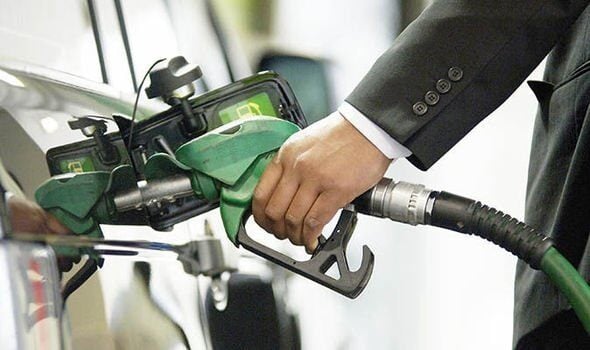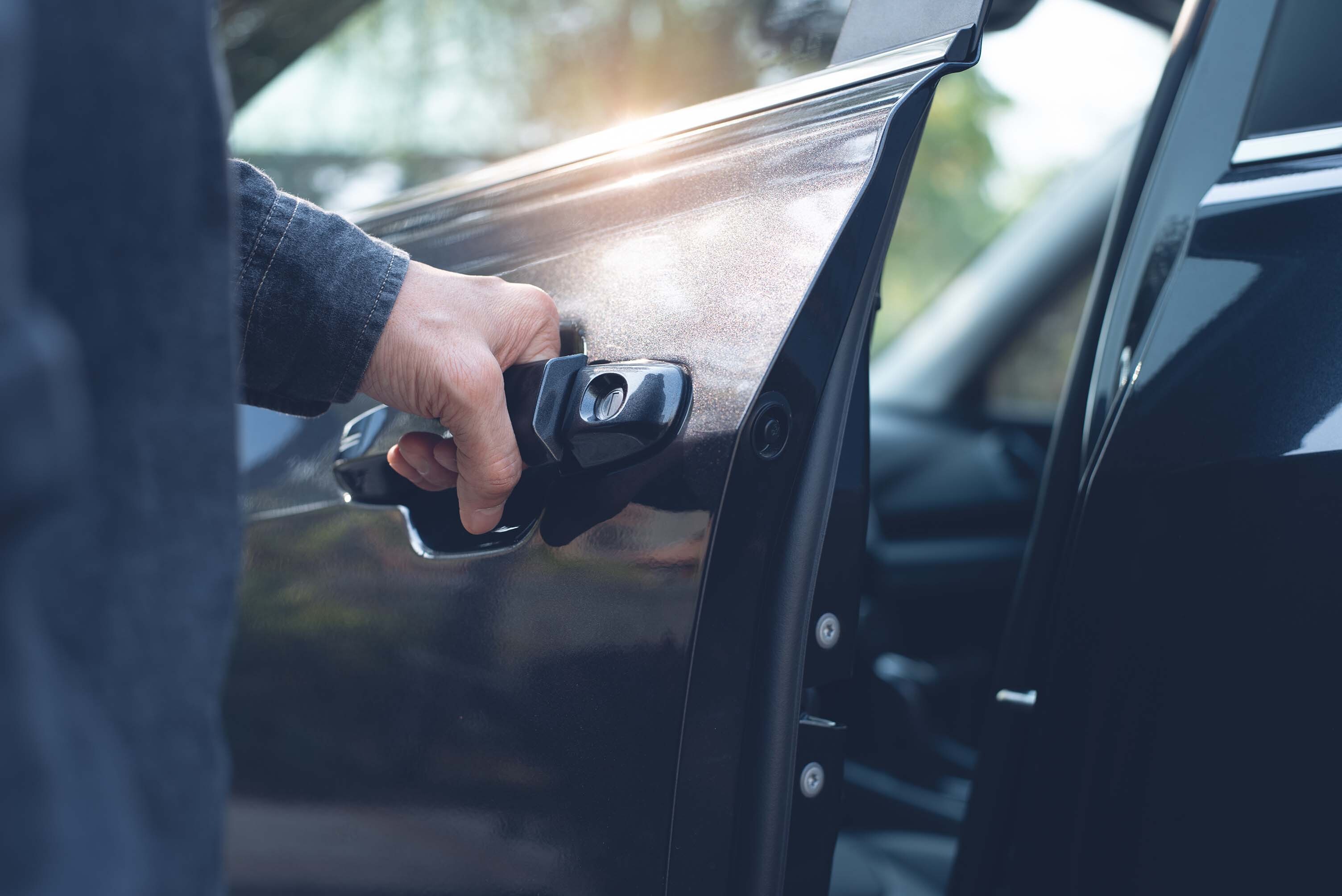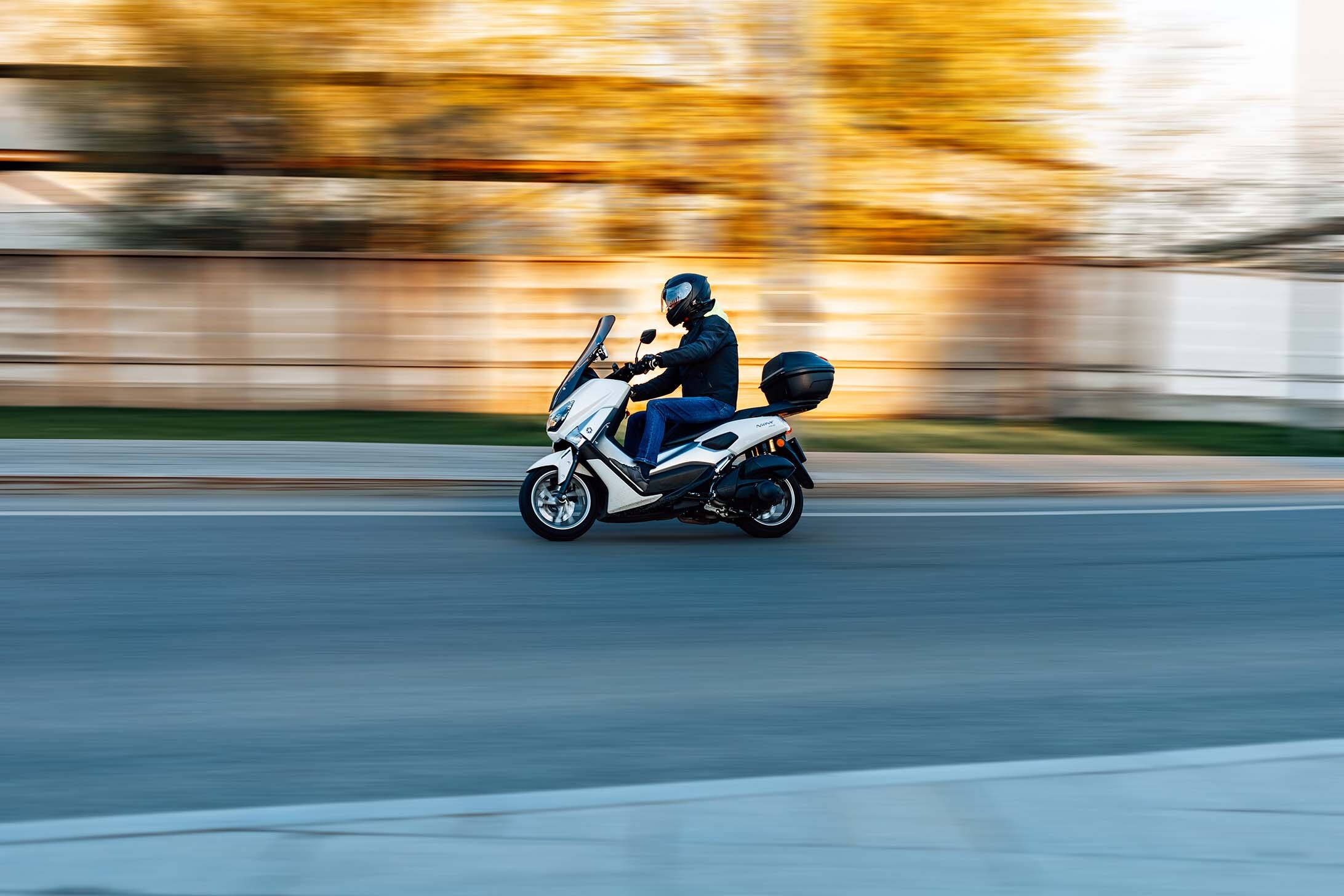Fuel is a big part of an Uber drivers overhead. Week in, week out, the tank needs refilling. With the yearly cost running into thousands, saving cash on fuel can make a big difference to your income. It pays to be fuel-wise.
However, the amount of fuel you burn isn’t the only thing to think about. Rapidly changing regulations, advancing technology and environmental concerns also play their part. The kind of car you drive, the kind of fuel it uses and how that combo works in the future could also hit your wallet.
To stay ahead, an Uber driver needs to know what’s going on today and tomorrow. To help you with this, here are the best ways to save on fuel and the facts to protect you in the future:
Top 10 Tips to Save on Fuel
Clearly, the best way to lower your fuel bill is to buy your petrol and diesel as cheap as possible. Every Uber driver knows that. However, there are other ways to cut the cost of filling up that may not seem so obvious. Below, we rank the best fuel saving tips to boost an Uber driver’s income.
1. Slow Down
The faster you go, the more fuel you use. According to the AA, dropping from 80mph to 70mph on the motorway could save you a massive 25% on fuel. Slowing from 70mph to 60mph on major roads is worth another 10%. Easing back on the gas might seem like a no-brainer, but it’s amazing how few drivers do this. They waste fuel all the time. Slowing down is not only safer, it’s money in your pocket, which makes it number one on our list of fuel saving tips.


2. Car Maintenance
Looking after your daily workhorse comes in second on our list of ways to save on fuel. Keeping your vehicle well maintained, with regular servicing and frequent checks on oil, water and other essentials has a double benefit: It keeps the value of your car high, and it keeps the cost of your fuel low. Just keeping the air-filter clean can save up to 15% on fuel.

3. No Revving
Revving the engine when you’re at traffic lights or in a queue doesn’t only make your car noisy, it makes it thirsty. Let the vehicle idle at minimum RPM. If you can see you’re going to be sitting still for a while, turn the engine off. Unnecessary revving can waste 5% of a tank of fuel.

4. Keep tyres in best condition
Fuel saving and safety make tyres our number four choice. Tyres are all that keep you in contact with the road. The better condition they’re in, the safer you are and the better your car performs. Correctly inflated tyres can save 3% on fuel. Check pressures at least once a week. (And remember that driving with faulty tyres can affect your insurance in the event of an accident).

5. Reduce Weight
Carrying unnecessary weight is a real drag on MPG. Remove anything from the car that you don’t need. (Like a shovel when winter’s gone). Also, remember that 50 litres of petrol weighs around 37 kilograms, or 80lbs. A full tank is partly deadweight. Lugging around an extra 20 kilos you don’t need can trim 1% off your MPG. If you keep the tank half full instead of totally full, but refuel more often, you can trim some deadweight simply by buying less gas or diesel per fill.

6. Work the gears
If you have a manual car, make full use of the gears. Changing up and down before the engine is screaming can make a big dent in fuel use. Most cars want to change into higher gears at about 2500 RPM. Don’t wait until you hit 3000 RPM to change up. Try to stay in high gears as much as you can, but don’t strain the engine by being in top gear when a low gear is needed. Doing that can be as thirsty as waiting too long to change up.

7. Go steady over speed bumps
Tests show that getting over a single or even a series of speed bumps at a steady pace is better on fuel than speeding and braking hard for every bump. 12 – 15 mph is typically a good speed to flow over bumps without braking. It’s better for your car, your fuel costs and you and the riders.

8. Air conditioning and open windows
Running the A/C burns more fuel. Use it sparingly. Ideally, when you don’t have riders in the car, as their comfort comes first. Stick to these rules: On motorways and fast roads, keep the windows closed and have the A/C on. In traffic and at slower speeds, turn the air-con off and slide those windows down.

9. Reduce drag
Modern cars are designed to slip through the air with minimum drag. The less air you’re pushing against, the more efficient your car is. However, it doesn’t take much to ruin sleek aerodynamics. Things like roof racks, oversize wheels, cosmetic body kits and big spoilers can turn a slippery vehicle into a blunt brick. Take the roof rack off and avoid changing the major external parts of your car. Big wheels might look cool, but they’re costing you money in wasted fuel with every mile they roll.

10. Get loyalty cards
Yeah, we know, technically this doesn’t save on fuel, which is why it’s last on our list. However, using a loyalty card – either from an oil company like BP or Shell, or a supermarket chain like Tesco and Sainsbury’s – can really add up to some useful cash over a year. Buy your fuel where it’s cheapest and always get the fuel points. Every few pounds spent is a penny or two in your pocket. £20 back on £2000 spent may not seem much, but if a rider gave you a £20 tip, you’d be happy wouldn’t you?

The single biggest cost for any Uber driver is the cost of a vehicle. Getting the right car for the job is essential if you want to make good money. However, this is not so easy as it sounds. Not only do you want a car that’s light on fuel and cheap to run, you want a car that answers future problems.
Unfortunately, changing laws, new regulations, advancing technology and concerns about the climate are changing the way professional drivers work. These forces must be obeyed with the car you buy and drive. Get it right and cheap driving is yours for the taking. Get it wrong and the costs will be punishing. Consider these issues:
Clean Air: Manchester is joining London, Birmingham and Leeds with the introduction of a Clean Air Zone (CAZ). Designed to reduce air pollution from motor vehicles, tough rules on what cars can enter these cities will be in place by 2021. If your car fails to make the grade, a daily fine is waiting. Don’t expect these big four cities to be the only places with CAZ. Bath, Bristol, Newcastle and Glasgow are lining up to join the club. A clean car will soon be mandatory if you wish to stay in business.
New Tech: The age of petrol and diesel is coming to an end. The future is battery powered. CAZ will force this issue even more. Even Uber is aiming to be all-electric across the UK by 2025. Cars that run on fossil fuel will soon end up like the dinosaurs.
Environment: Climate change is a global concern. As weather effects take their toll, we can expect a lot of hard questions to be asked about the role of private cars and private hire. To counter these arguments, driving a super-green vehicle will be essential.
Be sure to consider the electric cars that are best for Uber, you may get subsidies but also be exempt from certain charges depending on the area you drive in. Electric cars are the future, consider your options and choose wisely.



